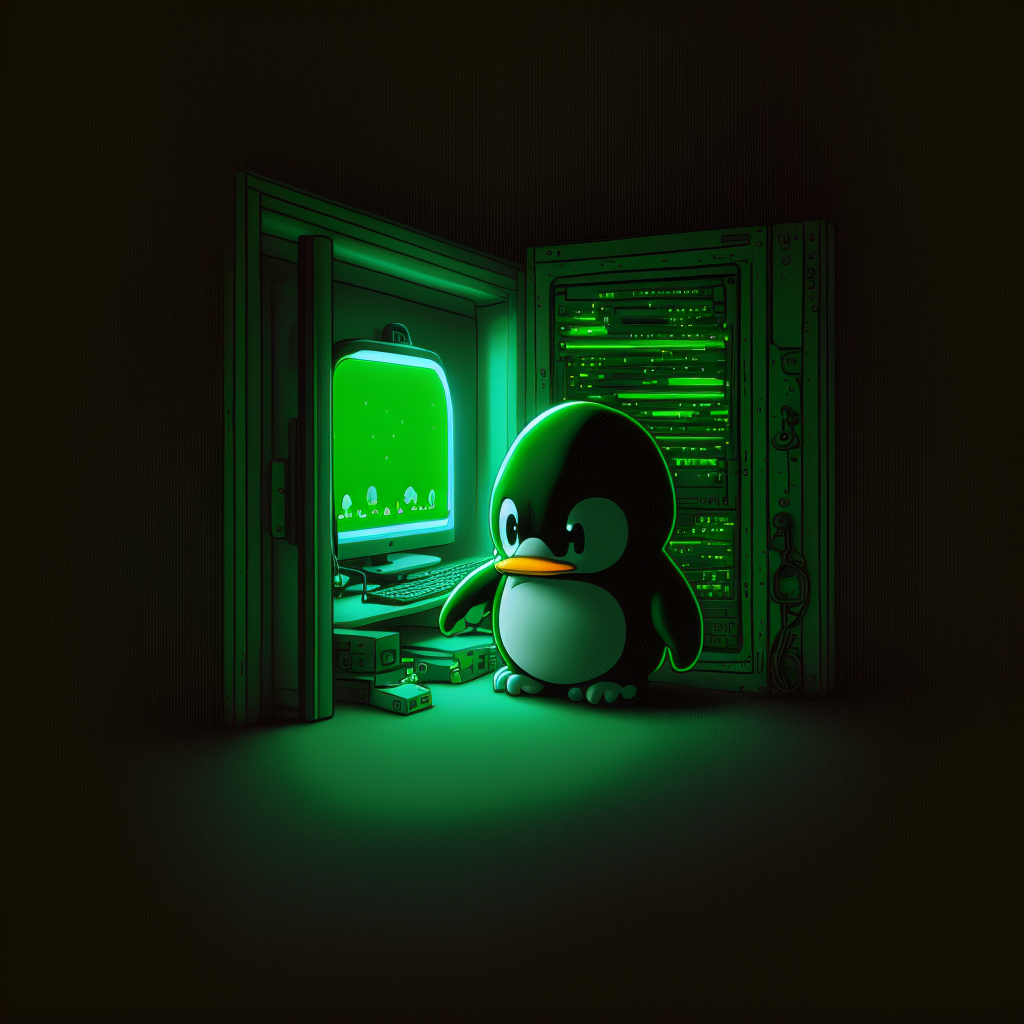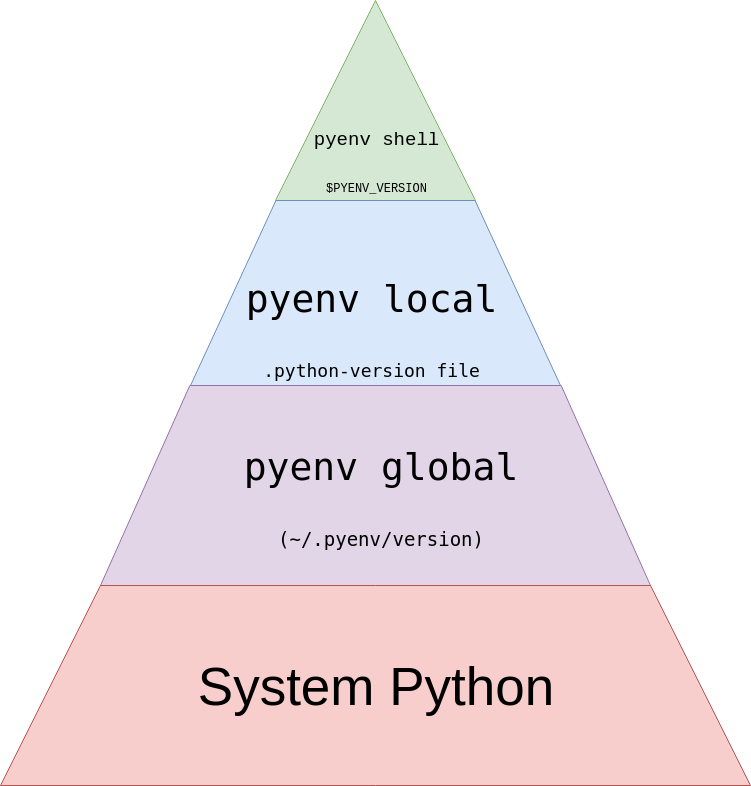Pyenv manages multiple Python versions without the usual clusterfuck. Your system Python stays intact, your projects get their specific versions, and you don't waste hours debugging mysterious import failures.
The Python Version Nightmare
Here's the shit that happens without pyenv: your system ships with Python 3.8, but your ML project needs 3.11 because TensorFlow stopped supporting older versions. Another project is stuck on 3.9 because the previous team fucked up the dependency pinning and nobody wants to touch it. Meanwhile, that legacy system you inherited needs Python 2.7 and will explode if you look at it wrong.
Without proper version management, you get:
- System Python corruption when you pip install shit globally
- "Works on my machine" disasters during deployment
- Spending entire weekends debugging import errors that are just version mismatches
- Developers abandoning virtual environments out of frustration
How Pyenv Works
Pyenv uses a shim-based approach to intercept Python commands. When you run python, pyenv checks this hierarchy:
.python-versionfile in current directory (project-specific)PYENV_VERSIONenvironment variable (shell session)~/.pyenv/versionglobal setting (user default)- System Python (fallback)
All Python versions install to ~/.pyenv/versions/, keeping your system Python completely untouched. This elegant architecture provides clean isolation without the overhead of containers or complex environment management.
Key Capabilities
Version Isolation: Each project gets its Python version specified in a .python-version file. Team members automatically use the correct version when they enter the project directory.
Source-Based Installation: Pyenv compiles Python from source, which means you'll wait 20-30 minutes watching compile output scroll by. The upside is it supports everything from Python 2.7 to the current 3.14 betas and lets you customize build options like optimization flags.
Plugin Ecosystem: Pyenv-virtualenv adds virtual environment management. Pyenv-doctor diagnoses installation issues. The plugin system extends functionality without bloating the core tool.


Cross-Platform Support: Works on Linux, macOS, and Windows (via pyenv-win). The same commands work across platforms, making team environments consistent.
Current Status and Real-World Usage
As of August 2025, pyenv is at version 2.6.7 with tons of community stars and active community contributions. It gets updates for new Python releases fast - Python 3.14 beta support was added within days of release, following the Python release schedule.
I've seen pyenv deployed everywhere from three-person startup teams to enterprise shops managing hundreds of microservices. It works reliably until it doesn't, then you're debugging cryptic build failures for an hour because you're missing some obscure development library.
When You Actually Need Pyenv
Use pyenv when you're tired of Python version conflicts ruining your day:
- Web dev teams where everyone needs the same Python version (Django 4.2 requires Python 3.8+)
- Testing your library across multiple Python versions without going insane
- Data science projects that break on the wrong NumPy version
- Maintaining legacy systems that will die if you breathe on them wrong
Skip pyenv if you're only working on one project with one Python version. System Python + virtual environments work fine until they don't.



